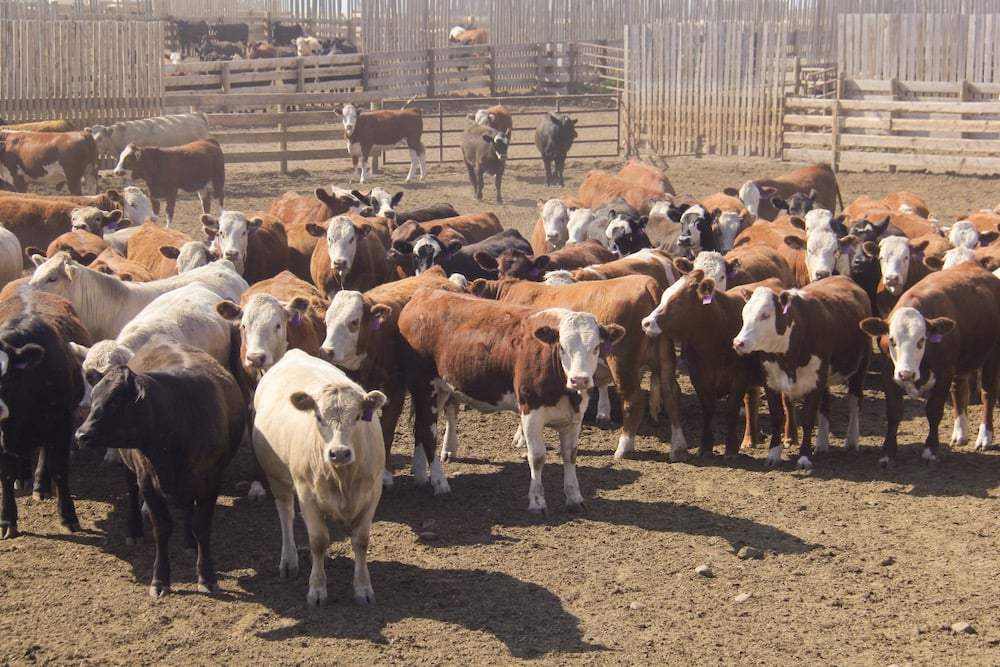Winnipeg | Reuters — Canadian farmers can reduce greenhouse gas emissions from applying nitrogen fertilizer by 14 per cent by 2030 through adoption of more sustainable farm practices and new technology, without any overall reduction in fertilizer use, agriculture industry groups said on Wednesday.
Such reductions of nitrous oxide from 2020 levels would fall well short of the Canadian government’s voluntary target of a 30 per cent cut, however.
Some farmers say using less fertilizer would jeopardize crop production in Canada, the world’s third-biggest wheat exporter. Prime Minister Justin Trudeau’s government maintains that deep emission reductions are possible without mandatory fertilizer cuts.
Read Also

U.S. livestock: Feeder cattle rise to new highs on tight supply, strong cash prices
Chicago | Reuters – Chicago Mercantile Exchange feeder cattle futures rallied on Thursday to a record high on strong cash…
A similar debate between farmers and government has led to large protests in the Netherlands, where that country is taking much stricter measures than Canada.
“We support the federal government’s strong push to reduce Canada’s emissions, but we cannot sacrifice food productivity,” said Karen Proud, CEO of Fertilizer Canada, whose members include manufacturers Nutrien and CF Industries.
The 14 per cent emissions cut would result from a “moderate” increase in nitrogen use and farmers’ adoption of better management practices, called 4R, which emphasize applying fertilizer of the right source, at the right rate and time and in the right place, the report from Fertilizer Canada and Canola Council of Canada said. Some farmers have already used the 4R approach for more than a decade.
Under that scenario, crop yields would increase even as emissions fall.
Farmers will adopt more sustainable practices if their costs are offset elsewhere, such as by higher crop revenue or government incentives, the report said.
Agriculture Minister Marie-Claude Bibeau said she welcomed the finding that better nutrient management can cut emissions by nearly half of the government’s goal. Fertilizer companies should also keep developing new products that produce lower emissions, Bibeau said.
Agriculture emissions account for 10 per cent of Canada’s overall emissions, and Trudeau’s government is aiming to cut national emissions by 40-45 per cent from 2005 levels by 2030.
— Rod Nickel is a Reuters correspondent in Winnipeg.
















